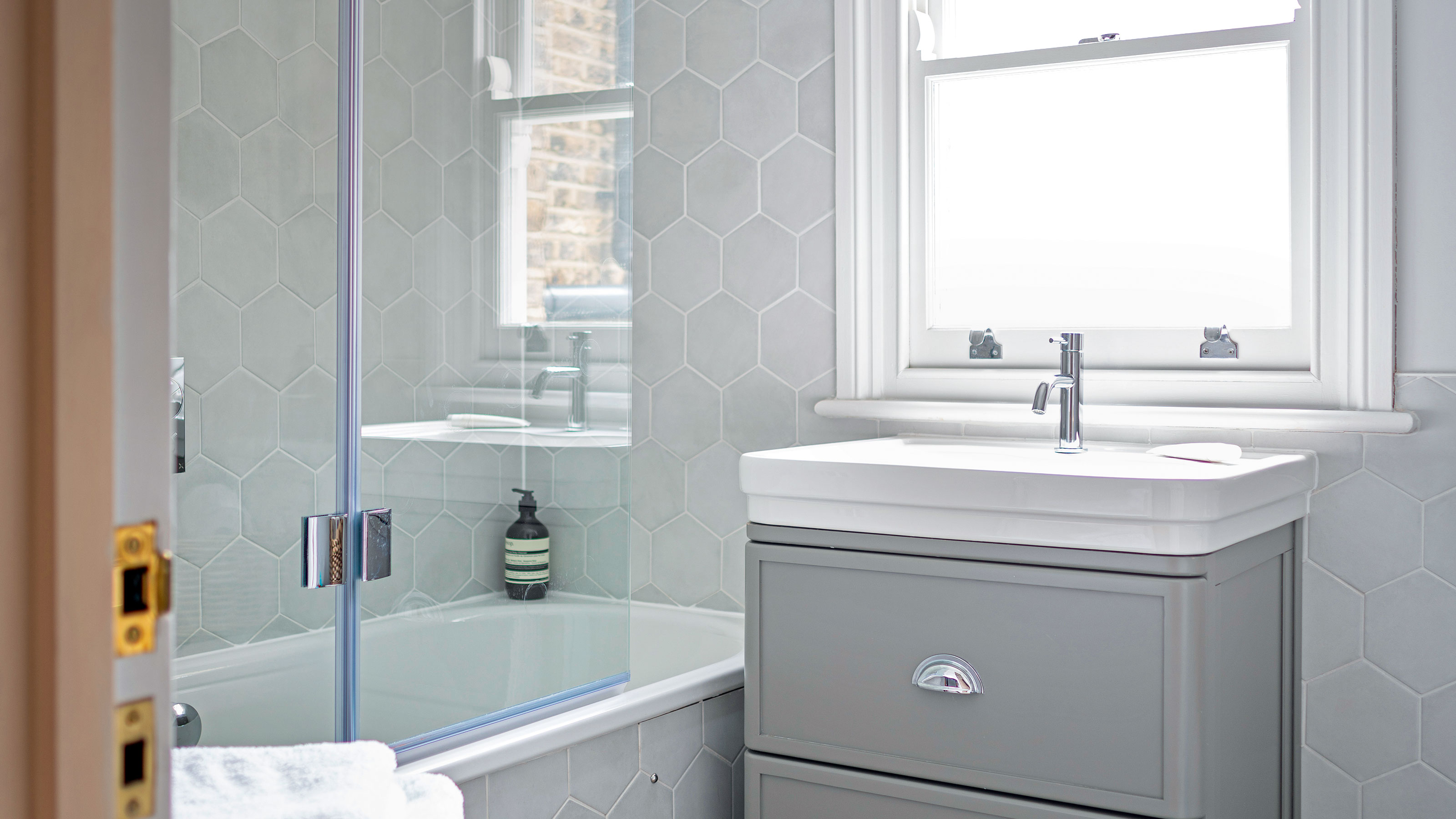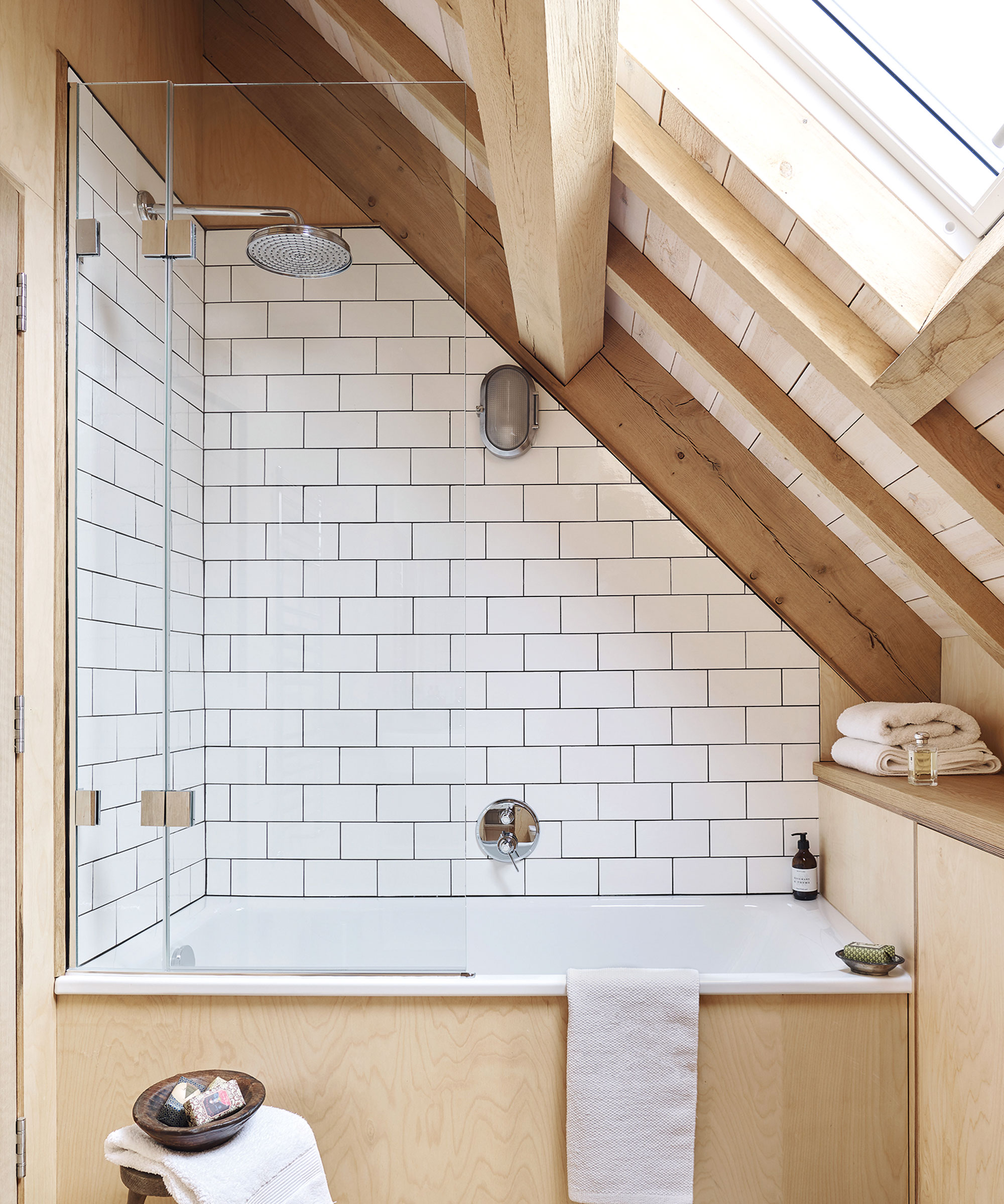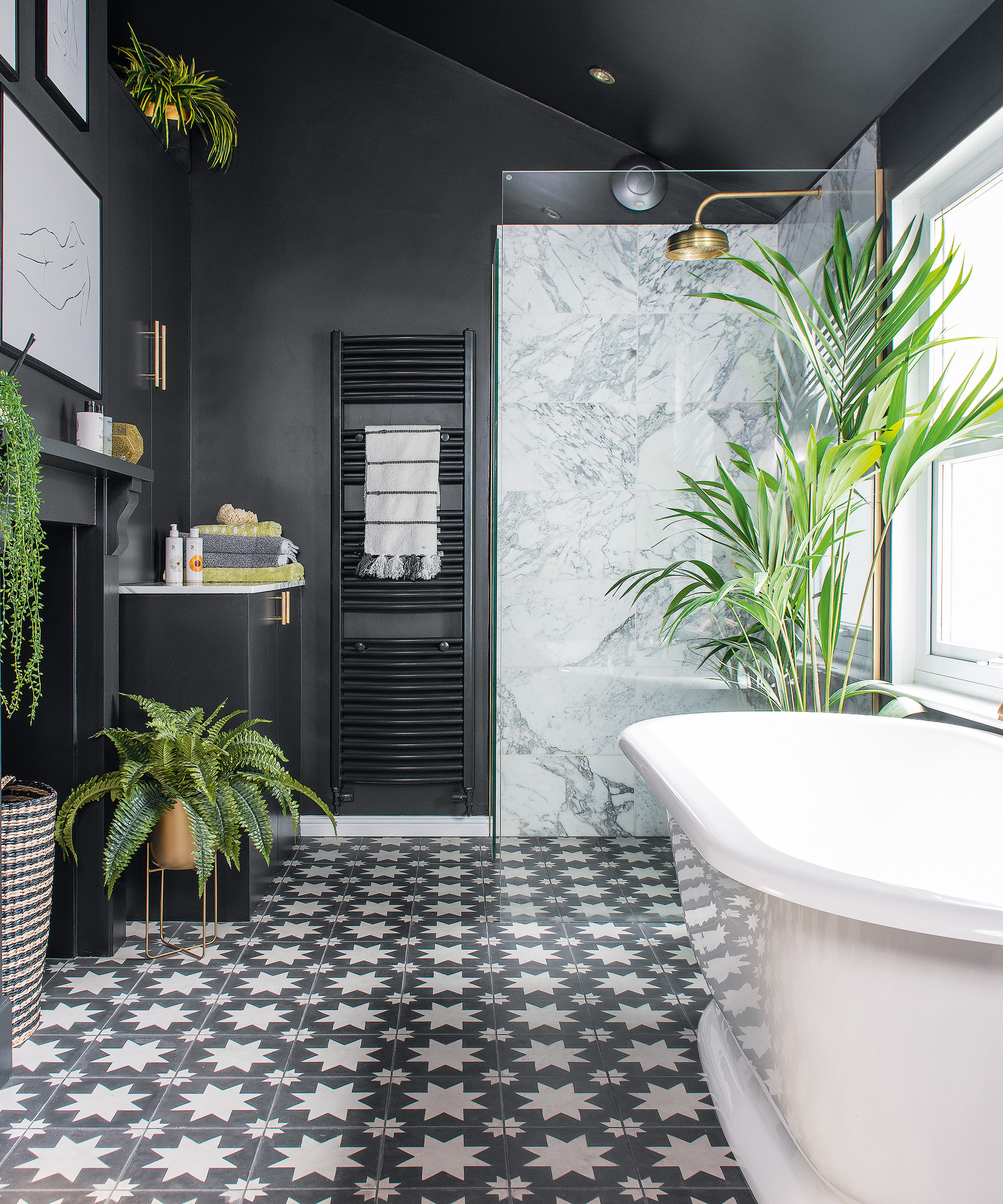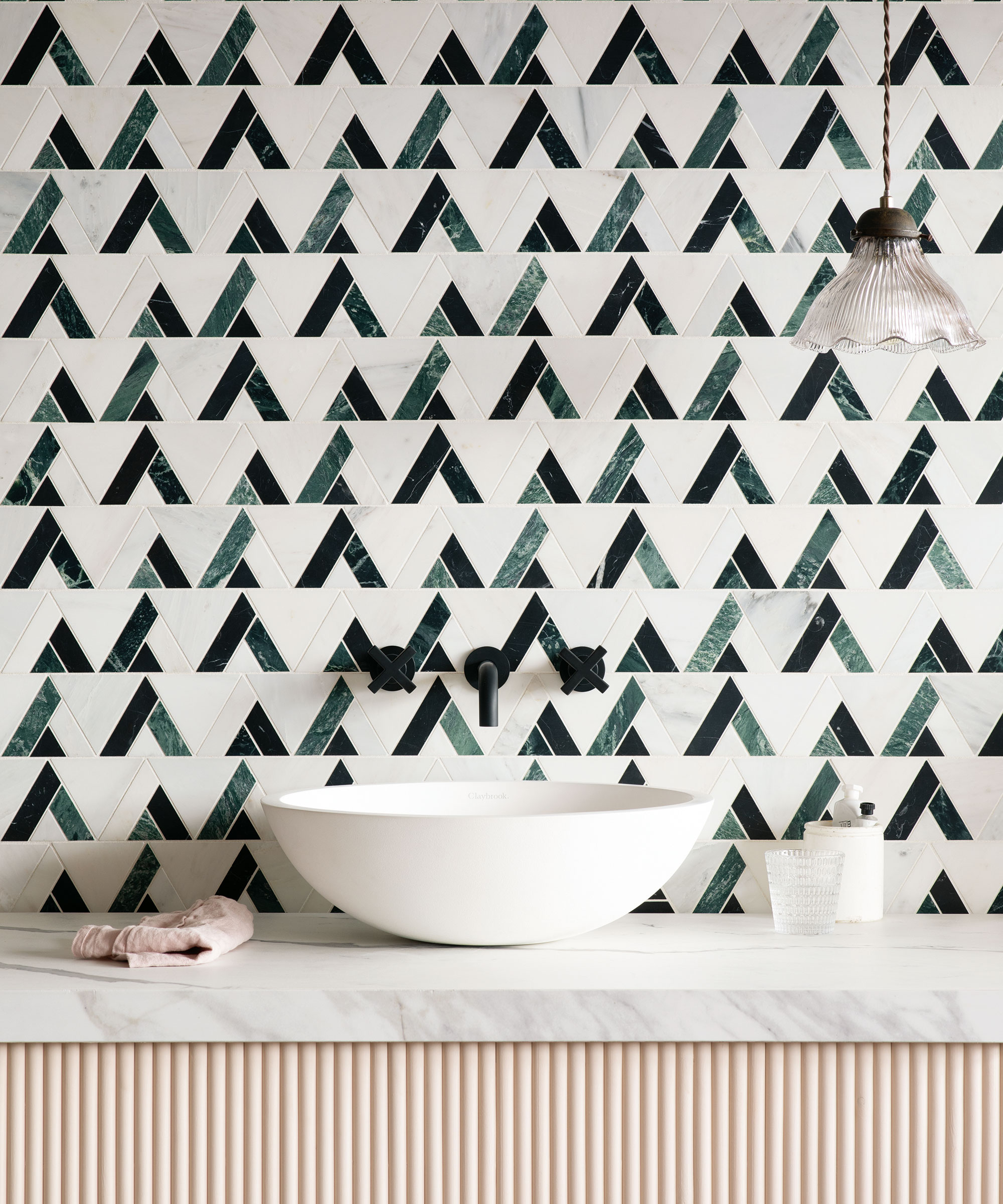6 bathroom renovation mistakes making your cold bathroom moldy
When making changes to your bathroom, it pays to consider ventilation, insulation and moisture management to prevent problems further down the line


Depending on the orientation and age of your home, you may find your bathroom gets particularly cold – bathrooms with exposed walls or a north-facing outlook will benefit from extra solutions to keep things warm and mold-free.
And even if you live in a modern property, it's worth knowing ways to control moisture levels, especially if there are a lot of you in your household taking long showers.
Renovating a bathroom involves making all kinds of decisions as well as interrupting our everyday routines while work is completed. Given the expense and upheaval, it's important to avoid bathroom remodeling mistakes that could leave a cold bathroom susceptible to mold issues.
Bathroom renovation mistakes to avoid
Here are factors to consider to avoid renovation regret – and what to do instead.

1. Choosing a small, noisy exhaust fan
When choosing an exhaust fan, a key thing to remember is that it needs to have an airflow capacity (measured in cubic feet per minute, or CFM) appropriate for the size of your bathroom. Generally, you will need 1 CFM per square foot, as a rule of thumb. In small bathrooms, it may be less of an issue, but double-check to save future headaches.
'Homeowners should make sure their extractor fan is sized correctly for the room and that its output pipe goes directly through the wall to avoid drips coming out of the fan,' adds Will Coop, owner of Knox Concrete Contractors.
Consider the decibel rating, too, as you won't mind leaving a quieter fan running after bathtime. 'We like the Panasonic Whisper fan, at Amazon, which is measured in terms of Sones as it pertains to volume, and comes in at 1 Sone (equivalent to about 28 decibels) and is so quiet, we rarely hear it in a home with any activity,' says Rachel Waldron, interior designer and architect.
Design expertise in your inbox – from inspiring decorating ideas and beautiful celebrity homes to practical gardening advice and shopping round-ups.

Will Copp is the owner of Knox Concrete Contractors, a homegrown construction company in the field of concrete contracting.
2. Neglecting to add foam-backed drywall
A layer of foam-backed drywall between the wall and tile will help to insulate your cold bathroom. This will mean that the walls are less likely to collect moisture because water droplets coming from the shower or bath will be attracted to surfaces of a much lower temperature.
'One of the best ways to insulate a bathroom and prevent mold is by using
foam-backed drywall behind tiles,' says Will Copp. 'This type of insulation helps retain heat in the room, reducing moisture levels and preventing condensation from forming on surfaces.'
This will also help to keep your bathroom warm without heating during the colder months.
3. Not adding a big enough towel warmer

A large towel warmer that can hold a mass of water to give a constant temperature will go a long way in keeping a cold bathroom mold-free. A large towel warmer will keep the ambient temperature higher, helping water to evaporate, which will stop things from getting too steamy given that evaporation is the opposite process to condensation. Plus, it will prevent damp towels from lingering around and creating unpleasant smells.
'We often install a towel warmer, which heats and dries the towels much more quickly, preventing moisture in the air and a buildup of moisture on the towels,' says Rachel Waldron, owner of interiors and architecture firm Waldron Designs. 'The towels stay clean longer, resulting in fewer trips to the laundry room, thereby conserving water. Win-win!'

Rachel Waldron owns an interior and architecture firm on Vashon Island, specializing in sustainable design that is rooted in its context.
4. Tiling everything

Consider tiling the areas around the shower and sink and painting other walls in gloss paint, which is wipeable and will therefore make cleaning the bathroom easier.
'If dealing with a bathroom that tends to get cold and damp, it may be
better not to tile all walls as this can further exacerbate humidity
issues,' says Will Coop.
5. Overlooking under-floor heating
'We also suggest heated bathroom floors, both for comfort and to prevent water puddling and missed drips on the floor, evaporating water, and keeping the space dry and less likely to develop mold issues,' says Rachel Waldron.
6. Forgetting to use mold-resistant grout, paint and silicone
When choosing paint and other supplies such as grout and silicone, opt for products that have been designed for spaces prone to moisture. Keeping grout clean and looking fresh will be much easier if it's the kind that is more resistant to mold and mildew.
Anti-moisture silicone, at Walmart is of course designed to be more moisture-resistant than traditional products, making them a great choice for bathrooms that tend to get cold, says Raf Michalowski of Meble Furniture. 'Further, these products can also help to create a barrier between the walls and water, helping to keep moisture away from the surfaces.'
FAQs
How can I stop my bathroom from getting moldy?
If you are still at the planning stage, take Rachel Waldron's advice around slab material:
'When we have clients that are particularly concerned about mold, we look at solutions that avoid grout and seams as much as possible. Typically, the solution for this is a slab material,' she says. 'We have utilized porcelain, Corian, and Quartz for a shower surround slab, and all make great solutions and depend most heavily on budget and the goals for the project.
'Porcelain is a very thin material, and the installation can be more expensive, but once installed, it is highly durable, and because it is a less porous substance, it makes a great solution to prevent mold from building up behind the surface. Corian offers flexibility with installation and can be molded with wonderful rounded corners and seams.
'It also tends to work well for those on a tighter budget who want a slab
shower surround. Lastly, Quartz is a great surface due to its ease of
working with it. People will find the fabrication rates lower for Quartz,
though the material will likely cost more than Corian.'
While thinking in terms of 'what ifs' and worst-case scenarios is certainly not something we would recommend in day-to-day life, thinking about all the ways things could go wrong when at the planning stage could save a lot of money and hassle, and help you to create a bathroom that you enjoy spending real time in.

Millie is a freelance writer and qualified interior designer based in Sheffield. She has many years of experience in the world of content and marketing, and previously worked as the head of Solved at Homes & Gardens. Before that, she worked in SEO at News UK in London and New York. She has a first-class degree in French and Italian from UCL and loves to weave decor into her home that reminds her of time spent living and studying in Bologna. Millie believes a clutter-free space that you love coming home every day is the best secret weapon for our well-being.